The iPhone XS & XS Max Review: Unveiling the Silicon Secrets
by Andrei Frumusanu on October 5, 2018 8:00 AM EST- Posted in
- Mobile
- Apple
- Smartphones
- iPhone XS
- iPhone XS Max
Camera - Low Light Evaluation
In low-light scenarios, we should see the new iPhone XS showcase significant improvements thanks to the 50% better light capture ability of the new sensor. Apple’s still only employing a f/1.8 aperture lens on the XS - so while it will improve over past phones, at least on paper it’s still at a disadvantage to say Samsung’s latest phones, which have an extra-wide f/1.5 aperture available to them.
[ iPhone XS ] - [ iPhone X ] - [ iPhone 7 ] - [ iPhone 6S ]
[ Galaxy Note9 ] - [ Galaxy S9+ ] - [ Galaxy S8 ]
[ LG G7 ] - [ LG G6 ] - [ LG V30 ] - [ OnePlus 6 ]
[ Mi MIX2S ] - [ Pixel 2XL ] - [ P20 Pro ]
In this first shot, we immediately see the new iPhone’s advantage over last year’s flagship. There is a lot more definition in the grass, less noise throughout the image, and less blown out lights in the scene.
Unfortunately, Apple is as expected still at a great disadvantage to Samsung here, as the latter is just able to give more light onto the whole scene, and the most evident, more colour to the grass. In terms of raw low light capture, the Huawei P20 Pro is still far ahead here, thanks to its massive sensor that is able to collect significantly more light.
[ iPhone XS ] - [ iPhone X ] - [ iPhone 7 ] - [ iPhone 6S ]
[ Galaxy Note9 ] - [ Galaxy S9+ ] - [ Galaxy S8 ]
[ LG G7 ] - [ LG G6 ] - [ LG V30 ] - [ OnePlus 6 ]
[ Mi MIX2S ] - [ Pixel 2XL ] - [ P20 Pro ]
At first glance, the iPhone XS didn’t shoot a much brighter picture than the iPhone X in this construction scene. Opening up the full resolution images however shows that the new XS showcases much better details and lower noise. It’s not enough to compete with the S9+, and certainly not with the insane ISO25600 shot of the P20 Pro.
It’s interesting to see the improvements over the years from the iPhone 6S on – which barely manages to capture anything in this scene.
[ iPhone XS ] - [ iPhone X ] - [ iPhone 7 ] - [ iPhone 6S ]
[ Galaxy Note9 ] - [ Galaxy S9+ ] - [ Galaxy S8 ]
[ LG G7 ] - [ LG G6 ] - [ LG V30 ] - [ OnePlus 6 ]
[ Mi MIX2S ] - [ Pixel 2XL ] - [ P20 Pro ]
The next shot is probably the only one that I found to be really problematic for Apple. Both on the iPhone X and the new XS, the resulting images weren’t consistent in consecutive shots. In four shots in a row, the iPhone XS kept changing the colour temperature. The same thing happened on the iPhone X, so I think this was part of Apple’s exposure / colour balance algorithm.
Colour balance aside, the exposure is similar between the X and the XS, and all the improvements of the new sensor go directly into improved detail and noise reduction throughout the scene, which is significantly better again compared to last year’s iPhone.
Here Apple is very close to Samsung, showcasing a bit better shadows, but still losing out in details in some parts of the scene. The P20 Pro is yet again the low-light kind here, as it just have that much more dynamic range work with.
[ iPhone XS ] - [ iPhone X ] - [ iPhone 7 ] - [ iPhone 6S ]
[ Galaxy Note9 ] - [ Galaxy S9+ ] - [ Galaxy S8 ]
[ LG G7 ] - [ LG G6 ] - [ LG V30 ] - [ OnePlus 6 ]
[ Mi MIX2S ] - [ Pixel 2XL ] - [ P20 Pro ]
Again, the iPhone’s new sensor comes into play in these concrete trucks. The XS makes very good dealing of the blown highlights present in the iPhone X shot. Samsung is able to produce more vibrancy in the blue of the trucks. Huawei’s multi-exposure computational photography night mode is the best of all phones here as it’s just able to bring out that much more from the shadows.
[ iPhone XS ] - [ iPhone X ] - [ iPhone 7 ] - [ iPhone 6S ]
[ Galaxy Note9 ] - [ Galaxy S9+ ] - [ Galaxy S8 ]
[ LG G7 ] - [ LG G6 ] - [ LG V30 ] - [ OnePlus 6 ]
[ Mi MIX2S ] - [ Pixel 2XL ] - [ P20 Pro ]
Apple's use of SmartHDR in this picture is extremely evident, as it really brings down the highlights of the lamp and brings out more shadows throughout the scene. The XS provides better detail, but it’s not as big of a difference as we’ve seen in other shots.
Apple’s usage of HDR here puts it ahead of the Samsung devices, trading blows with the P20 Pro, winning in some regards, while losing in others.
[ iPhone XS ] - [ iPhone X ] - [ iPhone 7 ] - [ iPhone 6S ]
[ Galaxy Note9 ] - [ Galaxy S9+ ] - [ Galaxy S8 ]
[ LG G7 ] - [ LG G6 ] - [ LG V30 ] - [ OnePlus 6 ]
[ Mi MIX2S ] - [ Pixel 2XL ] - [ P20 Pro ]
Finally, I wanted to test the iPhone XS to its limits and see what it can do in essentially impossible scenarios of low light.
Exposure-wise, the iPhone XS is no better than the X here. It provides better sharpness and less noise, however the image is still too dark to be of any use. I wish Apple would introduce a more innovative low light shooting mode, such as LG’s pixel binning mode. Huawei’s ISO51200 capture of this scene is just so beyond any other current phone, that it really raised the bar in what we’d normally expect to see in a smartphone.
Low-light conclusion
The new iPhone XS sensor is a great improvement to Apple’s lineup. Its advantages over the iPhone X are clearly evident in every single low-light shot, showcasing greater detail and sharpness while reducing noise. SmartHDR doesn’t seem to be something that’s solely for daylight shots, as Apple and the iPhone XS seem to make use of it in some low-light scenarios, giving the camera a further advantage over last year’s phones.
While Apple has showcased some really good progress, it’s can still lag behind low-light image quality of Samsung and Huawei’s P20 Pro. The former’s bigger aperture is just a sheer hardware advantage, while the latter enormous sensor makes use of innovative image processing to really raise the bar in terms of extreme low light photography. Here the iPhone XS is good; but it just can’t keep up.


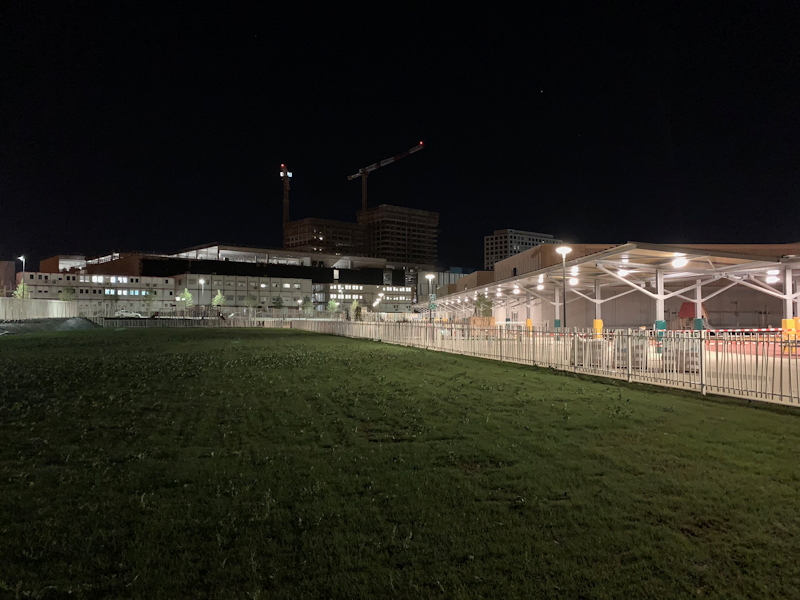
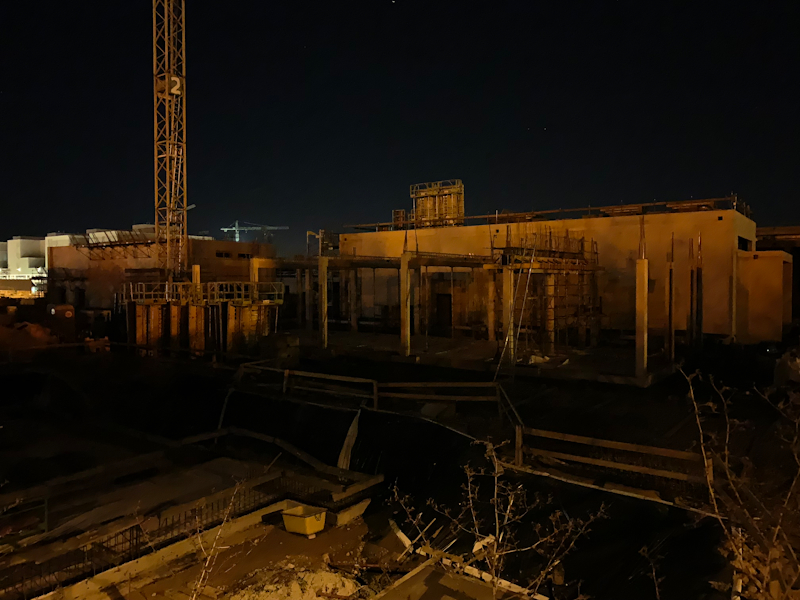
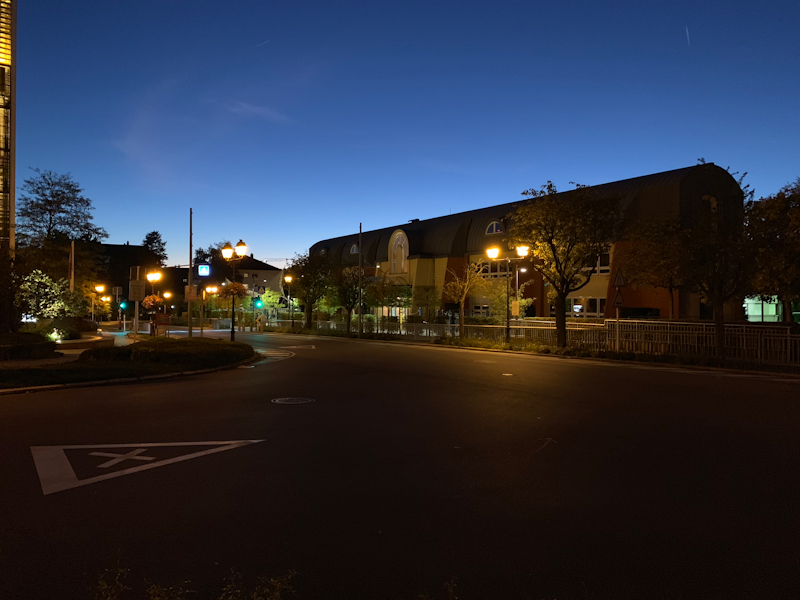
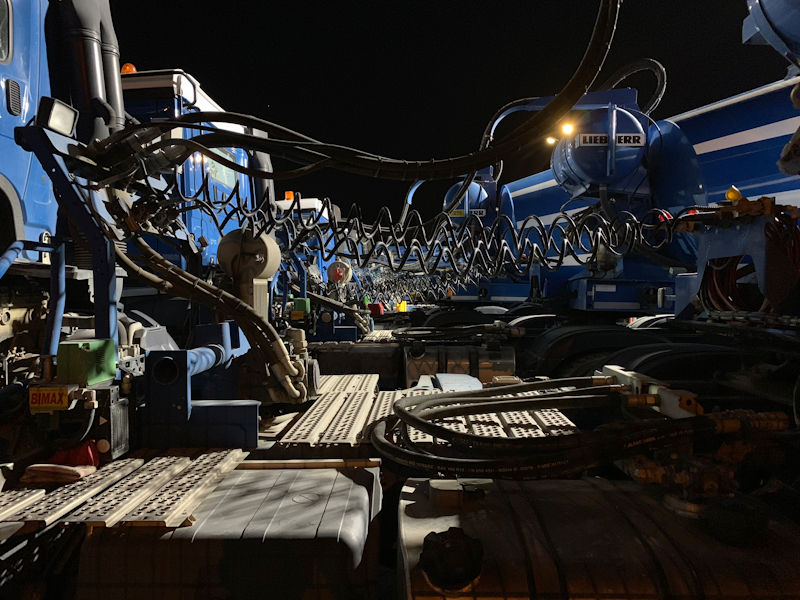
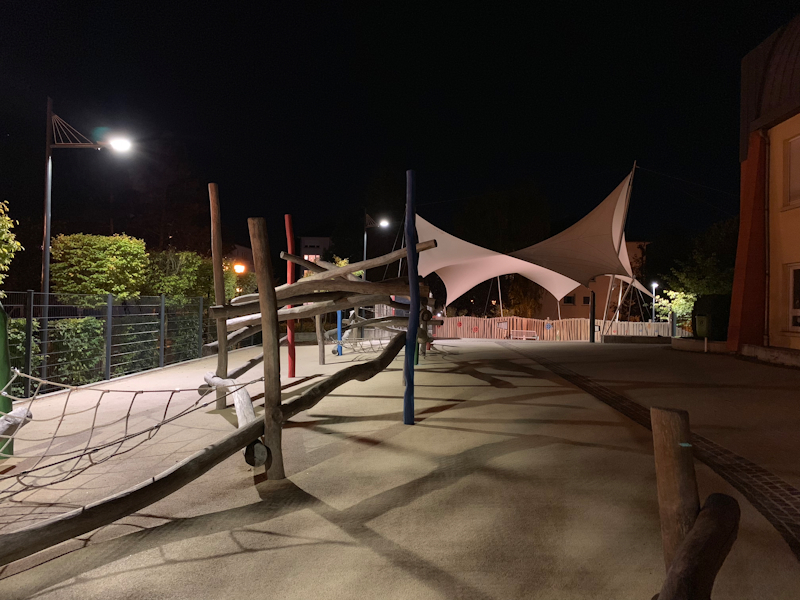
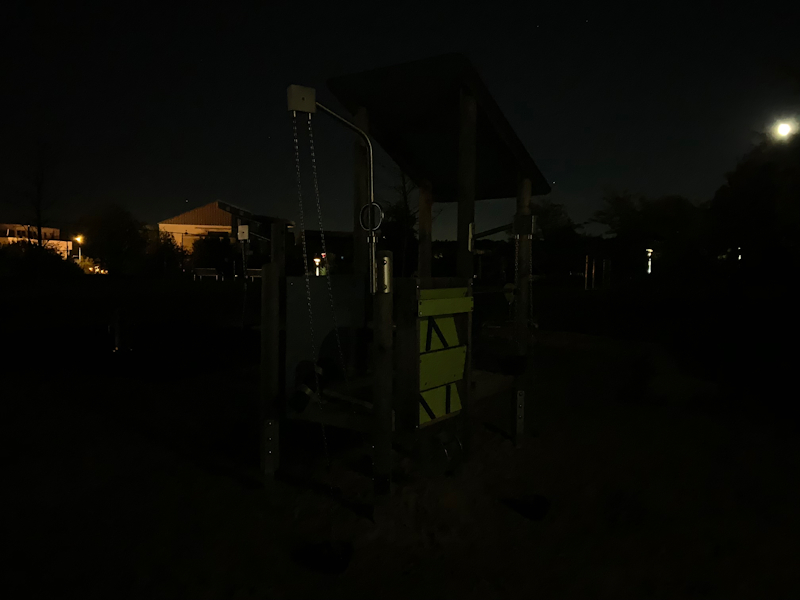








253 Comments
View All Comments
zepi - Saturday, October 6, 2018 - link
Otherwise a nice idea, but Datacenter CPU-market is too little to be interesting for Apple, as crazy as it is.Intel makes about $5b/quarter selling Xeons and other Datacenter stuff.
Apple makes some $50B. I don't think they can waste chip-development resources to design something for such a little "niche".
tipoo - Thursday, October 18, 2018 - link
Well, it would be largely reusing the R&D they already do for iOS chips, making the high performance cores is the hardest part, scaling them up to more cores would be a fraction the work.
varase - Tuesday, October 23, 2018 - link
The Enterprise server business is already a crowded field, and it's not really something Apple has any expertise with.In Apple terms, it's not like there's a huge profit potential there, even if they were successful.
Why put all that effort into learning, when most of their income comes from a portable consumer device they first released in 2007?
iwod - Saturday, October 6, 2018 - link
What are the other die area used for? The labels only has ~half of the die. I could add image signal processing, video encode and decode if that is not included in GPU. Some FPGA we know Apple had included in their SoC. But all that accounted that is likely less than 25% of that due space. What about the other 25%?Glaurung - Sunday, October 7, 2018 - link
Hardware accelerators for anything and everything that can be hardware accelerated.Plus the "secure enclave" is also on there somewhere - a fenced off, cut down SOC within the SOC for handling logins/unlocking and other security stuff.
Antony Newman - Sunday, October 7, 2018 - link
Andrei - This is an awesome review. Do you think Apple could roll out a low end laptop with 6 Vortex cores - or are there still SoC design areas that Apple still needs to address?AJ
Constructor - Sunday, October 7, 2018 - link
I'm not Andrei, but my speculation on this would be:• It would make no sense to start with the weakest Macs because that would put the transition to Apple's own CPUs in a bad light from the start. As in the Intel transition 12 years ago they would need to start with the middle of their lineup (with iMacs and MacBook Pros) in order to demonstrate the strength of the new CPU platform and to motivate software developers to jump on board, including actually working on the new machines full time if possible.
• They would need to have an emulation infrastructure for Intel legacy code in place like they did with Rosetta back then (also for Windows/Linux VMs!). And even in emulation that legacy code cannot be much slower than natively on then-current Intel machines, so their own CPUs already need to be a good bit faster than the corresponding Intel ones at the time in order to compensate for most of the emulation cost.
• As in 2006, this would have a significant impact on macOS so at announcement they would need to push at least developer versions of the new macOS to developers. Back in 2006 they had Intel-based developer systems ready before the actual Intel Macs came out – this time they could actually provide a macOS developer version for the then top-of-the-line iPads until the first ARM-based Macs were available (which already support Blutooth keyboards now and could then just support Bluetooth mice and trackpads as well). But this also means that as back then, they would need to announce the transition at WWDC to explain it all and to get the developers into the boat.
• Of course Apple would need to build desktop/notebook capable versions of their CPUs with all the necessary infrastructure (PCIe, multiple USB, Thunderbolt) but on the other hand they'd have more power and active cooling to work with, so they could go to more big cores and to higher clock speeds.
Again: This is sheer speculation, but the signs are accumulating that something this that may indeed be in the cards with Intel stagnating and Apple still plowing ahead.
I just don't think that it would be practical to put the current level of Apple CPUs into a Mac just like that even though from sheer CPU performance it looks feasible. These transitions have always been a massive undertaking and can't just be shot from the hip, even though the nominal performance seems almost there right now.
Constructor - Sunday, October 7, 2018 - link
Oops – this forum insists on putting italics into separate lines. Oh well.ex2bot - Sunday, October 7, 2018 - link
Not to mention they’d have to maintain two processor architectures for an extended period. By that, I mean, I doubt they’d transition high-end Macs for a long, long time to avoid angering pros... again.serendip - Monday, October 8, 2018 - link
A real left field move would be for Apple to release a MacOS tablet running ARM, like a Qualcomm Windows tablet. I wouldn't rule it out considering how Apple went from a single product for the iPhone and iPad to making multiple sizes.